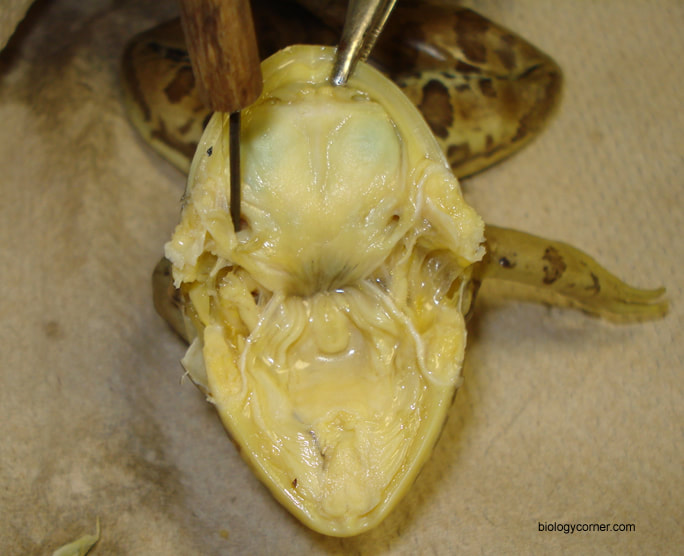

This article describes the results of a study that investigated the use of the dissection of organs in anatomy and physiology classes in Slovenian lower and upper secondary schools.By addressing the issue of the declining amphibian populations in the United States, along with support from studies comparing physical dissection to alternative methods and their effect on student proficiency of the learned information, I will encourage professors to assess all of the information available on the issue of dissection to make an educated choice about their continued use of amphibians for dissection. The same content learned during a physical dissection can be covered, often more thoroughly, through the use of computer-simulated dissections, lectures, videos of dissections, and other alternatives which enable students to become more proficient with the information encountered during a dissection. It has been suggested, however, based on empirical evidence there are better ways for students to learn the anatomy of a frog which do not cause death to any animal.

Print out a copy of the frog labeling review guides to complete and turn in to your instructor.Many high school and college professors teach students the structure and function of systems in the human body by having them dissect physical frogs. To prepare for the test, visit the Ultimate Frog Anatomy Review for practice tests. You will either be doing this with the class or taking the online version of the lab test - see your instructor for details. Students in class will be taking a test over the frog where they will need to identify structures on a dissected and pinned frog. Print the following handouts (or your teacher may have given them to you already.)įrog External Anatomy | Frog Dissection | Frog Brain and Leg Dissectionįollow the handouts as you view each gallery and walkthrough. This is still a requirement for those not actually in class and working on the frog. Students in class were required to follow a lab guide, follow the instructions and answer questions. Describe it in thorough detail, explain what it does, where it is located and how you would find it in the frog, you may want to sketch the organ to show its locations in relation to the other organs. Choose one organ that you would find in the body cavity of the frog. What organs are obvious? Which organs may require a more thorough inspection?Ĥ.

Describe what you first see when you open the body cavity of the frog. What structures are visible and what are their functions? You may also include drawings.ģ. You may include drawings to explain the technique.Ģ. Describe the procedure you would use to cut the frog to expose the organs to view. To show that you have completed the dissections, answer the following questions, you will turn these questions in to your teacher.ġ. This site requires flash and may not work on all computers. Site 1 - Go to MHHE Virtual Frog Dissection and complete the module. There are many simulations available online, and your first step is to complete two virtual dissections. Part I - Dissection of the Frog without the Frog

#Mhhe frog dissection full#
Artifacts You Must Turn in for Full Credit


 0 kommentar(er)
0 kommentar(er)
